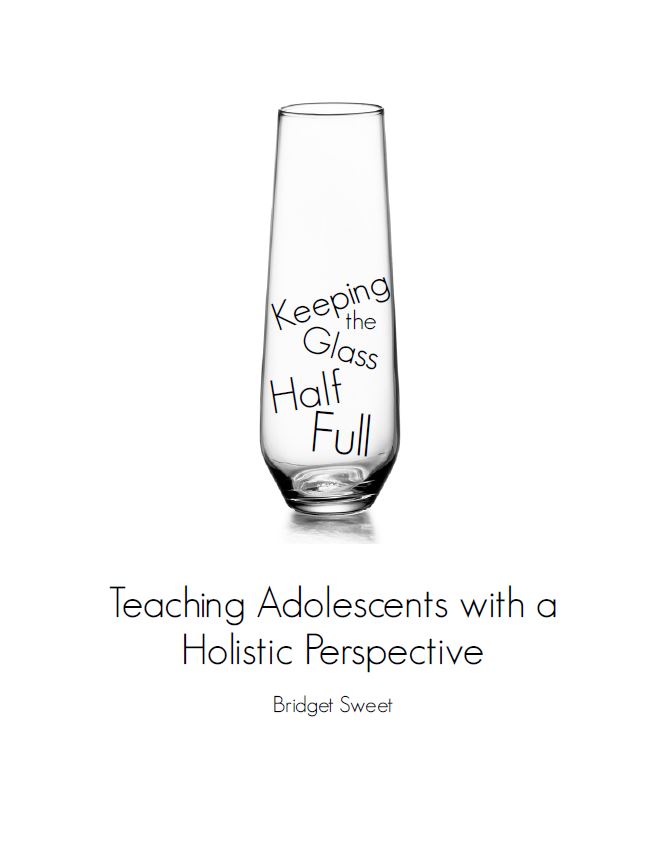
The October 2016 issue of Choral Journal features an article titled “Keeping the Glass Half Full: Teaching Adolescents with a Holistic Perspective” by Bridget Sweet. You can read it in its entirety online at acda.org/choraljournal. Click “Search Archives” and choose October 2016 from the dropdown menu.
Below is an excerpt from the article.
_____________________________
“When describing the young adolescent, floods of words come to mind. Unpredictable.
Emotional.
Hilarious.
Moody.
Angsty.
Perhaps, however, the word “individual” is the most appropriate, because each adolescent is unique and progresses through adolescence in his or her own way. It is for all of these reasons–and many more–that educators enjoy working with adolescents so much. This paper comprises two main sections. The first addresses emotion and physical development, which are two key adolescent characteristics commonly encountered in the choral classroom; the second concerns puberty and adolescent voice change.”
Emotion
In my work with adolescent singers, I have found them to be smart, clever, hardworking, and extremely loyal once you get them on your side. Because these students truly straddle both child and adult worlds, however, identity navigation and decision-making are not always accomplished in the most sophisticated ways. As a result, general public perspective of adolescents is one of deficit, anguish, unpredictability, and irrational behavior. Fueling the stereotype are adolescent emotions, which have a tendency to run high and fluctuate often.
Many of our choral students will experience difficulties during adolescence, but we can choose to focus on this population with a “glass half full” attitude and remain resolute that “‘Storm and stress’ is not a universal experience of early adolescence. Some individuals are (or seem to be) well adjusted.”1
Attempts to control or direct adolescent emotion in the choral classroom are as pointless as trying to prevent the ocean from crashing against the shore. However, through acknowledgment of adolescents’ emotional fluctuation—embracing it, even—our work as choral music educators can be less burdened. When students seem emotional or angry, there are only benefits in honoring what students are experiencing, even if we (as adults) find the reason for their despair to seem a bit trite. A simple, nonjudgmental comment such as, “I am so sorry that you are feeling this way,” can go a long way with adolescent students who crave validation and belonging.2
- Thomas A. Regelski, Teaching General Music in Grades 4–8 (New York: Oxford University, 2004).
- Ian McMahan, Adolescence (New Jersey: Pearson, 2008), 185.
_____________________________
Read the rest of this article (and more!) in the October 2016 issue of Choral Journal, available online at acda.org.


Leave a Reply
You must be logged in to post a comment.